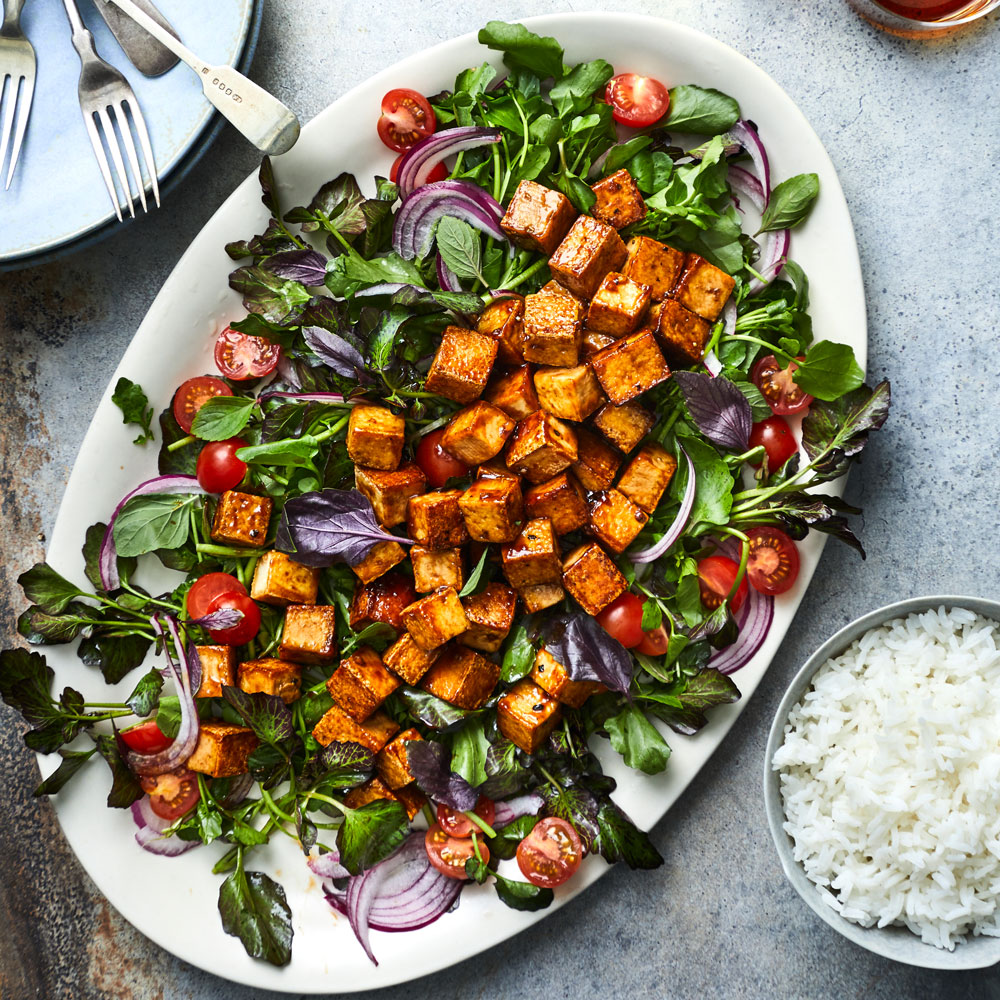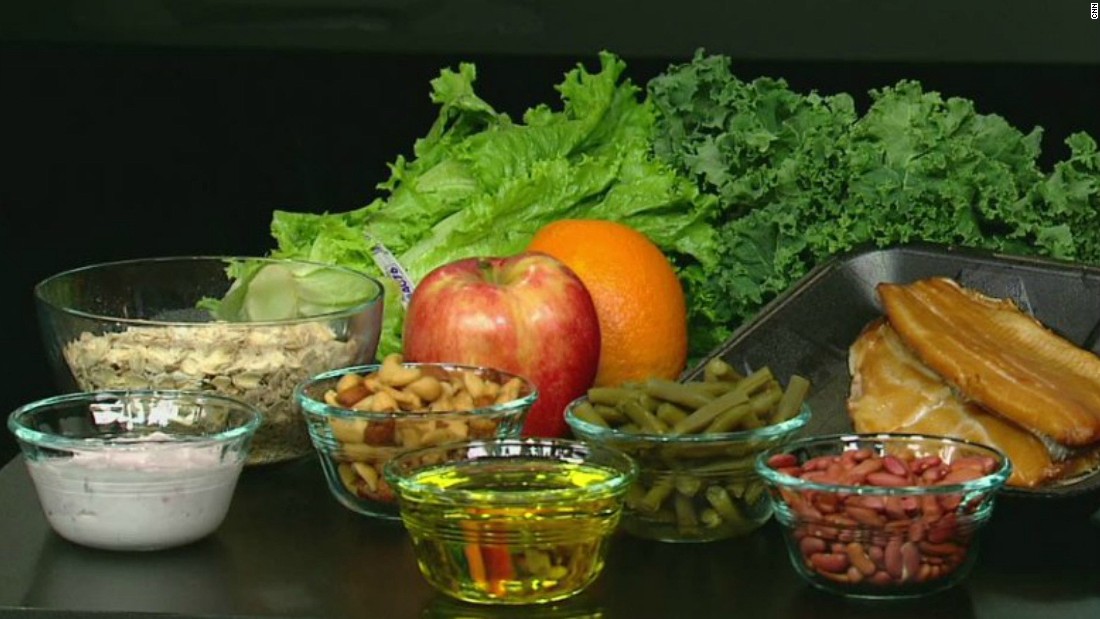
What are some of the health benefits of a raw diet? What are the potential risks? These are just a few reasons to eat raw foods. This diet is not only good for your health, but it can also be expensive. You must be willing to pay high prices for a raw food diet. The long-term benefits are well worth the cost. In the end, raw food is more beneficial than it is harmful.
Foods to eat on a raw food diet
Many raw diet recipes can be made from fruits or vegetables. These meals are great for breakfast because they are so tasty. These meals can be made even more delicious by adding a little cheese or nut-butter to them. Smoothies are a great way of enjoying this diet without having to give up your comfort foods. You can add any number of ingredients to your smoothie.
Raw food is not for everyone. You will have to make your own food and prepare it. You may become bored with food and the preparation process. While it might not harm you in the short term, it may be detrimental in the long run. Fresh, raw foods are important for your diet. These are just a handful of the many advantages of eating a raw diet. It's possible to give it a try for a week before you return to your usual eating habits.

Health benefits
It is possible to wonder if raw food has any health benefits. While it might seem obvious, raw foods offer many health benefits. You will feel more energetic. You may notice a difference in your skin's clarity and alertness. You might even lose weight. But before you decide to try a raw diet, there are some things that you need to know. If you have digestive problems, you should avoid eating raw animal products.
Your daily food selection should include organic and local produce. You should avoid consuming non-organic produce because it is often loaded with pesticides and toxins. Raw meat can harbour bacteria and parasites, so avoid them if you are planning on eating it. A fruitarian diet has the most health benefits.
Health risks
Consuming raw meat, fish, or poultry can pose many health risks. Raw meat, fish, and poultry can be contaminated by bacteria. Some raw meats can also be dangerous, including beef, pork, and chicken. Raw meats are generally safe. However you should wash your fruits and veggies thoroughly before consuming them. Moreover, eating raw meat can lead to stomach complications and even serious infections. These are all potential risks to consider before you eat raw meat, especially for pregnant women, children and those with weak immune systems.
CDC estimates that Salmonella is responsible for more food-borne illnesses than any other bacteria, including those caused by chicken. One out of every 25 chicken packages in grocery stores are contaminated. Raw chicken can lead to food poisoning, regardless of whether it is contaminated in the manufacturing process or by contamination of surfaces in the kitchen and refrigerator. Also, remember that chicken juices from undercooked chicken can cause other food poisoning.

Prices
How you prepare your meals can impact how much it costs to eat raw. Superfoods, supplements, and even buying organic can add up fast. You might end up spending a lot more than you planned. Here are some tips to make your raw food meals affordable. The first thing to do is choose seasonal food. This will help reduce food waste while increasing the nutritional content of your meals. A second thing to do is shop in bulk. Large orders are often eligible for bulk discounts at many stores.
Shopping at organic grocery stores is another way to reduce the cost to eat raw foods. Raw foods are usually cheaper than cooked food. Although raw foods are healthier for pets, cooking your own meals can be costly. In addition, raw meals require a longer meal preparation process than cooked foods. Buying sprouting and germinating nuts, as well as dehydrating or fermenting foods, are just some of the options available. Premade meals can also be bought whole, which can save money and time.
FAQ
Is being cold bad for your immune system?
There are two types of people in the world: those who love winter and those that hate it. But whether you love or hate it, you may find yourself wondering why you feel so lousy when it's cold out.
Our bodies are made to function well in warm weather. Our bodies were designed to thrive in hot weather because this is where the majority of our food sources are.
Today's environment is vastly different from the one our ancestors experienced. We spend much more time indoors and are exposed to extreme temperatures (cold, heat) and eat processed foods instead of fresh.
Because of this, our bodies have become accustomed to extremes. So, when we do venture out into the outdoors, we often feel exhausted, sluggish or even sick.
There are many ways to avoid these side effects. Staying hydrated is one way to combat this. Hydration is key to keeping your body well hydrated, flushing out toxins and maintaining a healthy weight.
You must also ensure that you are eating healthy foods. Eating nutritious foods helps your body maintain its optimal temperature. This is especially important for those who spend long periods inside.
You can also meditate for a few minutes every day. Meditation can help you relax your mind, body and soul. This makes it easier to manage stress and illnesses.
Exercise: Good and bad for immunity?
Exercise is good for your immune system. When you exercise, your body produces white blood cells which fight off infections. You also get rid toxins. Exercise is a great way to prevent diseases such as cancer and heart disease. It reduces stress.
But too much exercise can damage your immune system. Your muscles can become sore if you exercise too much. This can lead to inflammation and swelling. Your body then has to produce more antibodies to fight off infection. These extra antibodies can lead to allergies or autoimmune disorders.
So, don't overdo it!
What should my weight be for my age and height? BMI calculator & chart
Use a BMI calculator to determine how much weight is needed to lose. The healthy BMI range for a healthy person is 18.5 to 24.9. To lose weight, you should aim for a loss of 10 pounds per year. To calculate your BMI, simply enter your height and weight into the BMI calculator.
To see if you're overweight or obese, check out this BMI chart.
Statistics
- In both adults and children, the intake of free sugars should be reduced to less than 10% of total energy intake. (who.int)
- This article received 11 testimonials and 86% of readers who voted found it helpful, earning it our reader-approved status. (wikihow.com)
- According to the Physical Activity Guidelines for Americans, we should strive for at least 150 minutes of moderate intensity activity each week (54Trusted Source Smoking, harmful use of drugs, and alcohol abuse can all seriously negatively affect your health. (healthline.com)
- nutrients.[17]X Research sourceWhole grains to try include: 100% whole wheat pasta and bread, brown rice, whole grain oats, farro, millet, quinoa, and barley. (wikihow.com)
External Links
How To
27 steps to live a healthy life even if your family eats only junk food
It is easy to eat healthy when you cook at home. But, it can be hard to make healthy meals because many people don't know how. This article will provide some helpful tips for making healthier dining out choices.
-
Find restaurants that offer healthy options.
-
Order salads, vegetables and meat before placing your order.
-
Ask for sauces made without sugar.
-
Avoid fried items
-
Choose grilled meats over fried.
-
Order dessert only if you absolutely need it.
-
After dinner, make sure you have something to eat.
-
Slowly chew and eat.
-
Eat water.
-
Don't skip breakfast and lunch.
-
Include fruit and vegetables with every meal.
-
Consider drinking milk instead of soda.
-
Avoid sugary drinks
-
Reduce the salt content of your diet.
-
You should limit how often you visit fast food restaurants.
-
If temptation is too strong for you, invite someone to be your friend.
-
Your children shouldn't watch too much television.
-
Keep the television off during meals.
-
Do not drink energy drinks.
-
Take regular breaks from work.
-
Get up early and go for a run.
-
Move every day.
-
Start small and build up gradually.
-
Set realistic goals.
-
Be patient.
-
Even if you don’t feel like it, find the time to exercise.
-
Positive thinking is key.